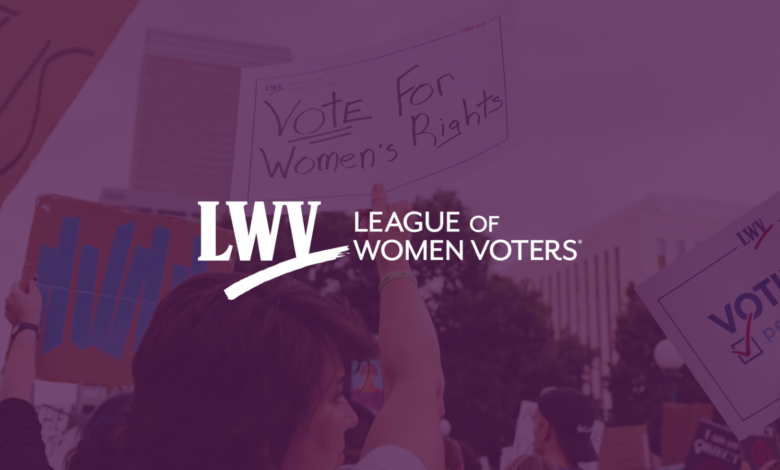Abortion Rights and Access One Year After Dobbs

[ad_1]
On June 24, 2022, the Supreme Court released its decision in Dobbs v. Jackson Women’s Health Organization, overruling Roe and Casey and overturning the federal constitutional right to abortion. The ruling left it to federal and state legislation to determine the right and access to abortion care. Following the decision, the US House of Representatives passed legislation, the Women’s Health Protection Act, to codify an individual’s right to receive, and a health care provider’s right to provide, abortion services — but the Senate failed to pass it. As such, since the decision, many state legislatures have passed laws to prohibit, restrict, or protect the right and access to abortion.
Abortion Bans Pre- and Post-Dobbs
As of January 2022, before the Dobbs decision, 19 states had in effect pre-viability bans, banning abortion before a fetus is likely to survive on its own. These bans were set at varying times throughout pregnancy, including one as early as six weeks since the last menstrual period (LMP), one at 20 weeks LMP, and 17 at 20-22 weeks LMP.
As of June 2023, one year after Dobbs, 25 states have pre-viability bans in effect: 14 at conception with very limited exceptions, one at six weeks LMP, one at 12 weeks LMP, three at 15-18 weeks LMP, and six at 20-22 weeks LMP. All state abortion bans have an exception to prevent the death of the pregnant person, and some have additional exceptions, such as when there is a severe risk to the health of the pregnant person, when the pregnancy is a result of rape or incest, or when there is a fetal anomaly. Bans and their “exceptions” have often caused confusion about what is permitted under law, sometimes leading to delays in vital care.
Abortion bans often have criminal penalties for individuals who perform abortions against the law, including potential prison time ranging from one year to life, fines up to $100,000, and loss of medical or professional licenses. Some bans also include civil penalties, and a few allow civilians to sue abortion providers and/or people who help others obtain an abortion.
Abortion Restrictions Post-Dobbs
In addition to abortion bans, there are a multitude of abortion restrictions that limit access, including medically unnecessary:
-
Restrictions on medication abortion, reducing access to this safe and effective abortion method that accounts for more than half of all US abortions.
There are also private insurance and public funding restrictions that make abortions even more financially inaccessible. Using federal and state funds, Medicaid provides health care coverage to individuals with low incomes, including more than 16 million women of reproductive age. The Hyde Amendment bans the use of federal Medicaid funds to pay for abortions except when the pregnancy results from rape or incest or abortion is necessary to save the life of a pregnant person. States may use their own funds to cover other medically necessary abortions — however, only 17 states pay for all or most medically necessary abortions, and one state (South Dakota) denies required federal coverage.
[ad_2]
Read More



